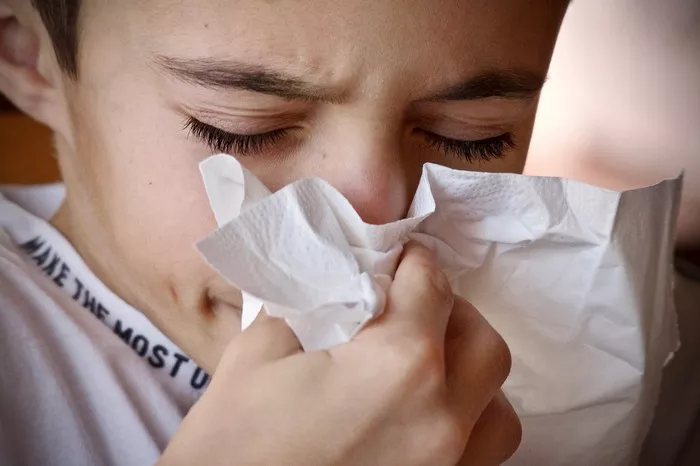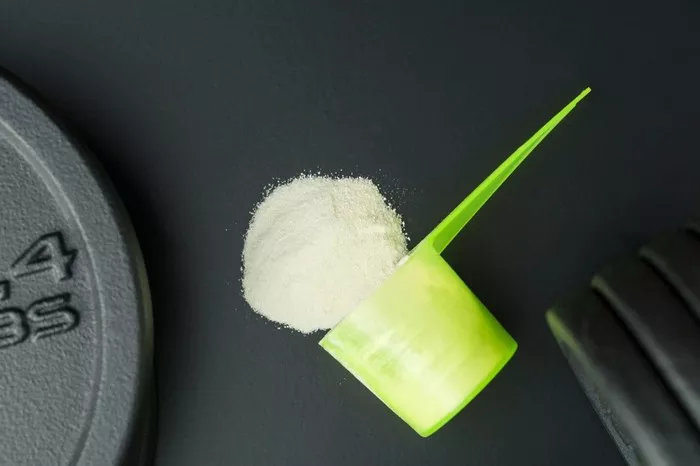Late summer is a time of transition, marked by the end of summer heat and the approach of cooler autumn temperatures. While many people look forward to the changing seasons, others dread the onset of late summer allergies, which can bring sneezing, itching, congestion, and other bothersome symptoms. In this comprehensive guide, we’ll explore the causes of late summer allergies, including common triggers, environmental factors, and strategies for prevention and management.
The Allergy Season: A Year-Round Challenge
Allergies are a common health issue that affects millions of people worldwide. Allergic reactions occur when the immune system mistakenly identifies harmless substances, known as allergens, as threats and produces antibodies to combat them. These antibodies trigger the release of chemicals such as histamine, which leads to the characteristic symptoms of allergies, such as sneezing, itching, watery eyes, and congestion.
While allergies can occur at any time of year, certain seasons are associated with higher levels of allergen exposure and increased allergy symptoms. Spring and fall are typically considered peak allergy seasons due to the presence of pollen from trees, grasses, and weeds. However, late summer allergies also pose a significant challenge for many individuals, with specific triggers and environmental factors contributing to symptom onset during this time of year.
Exploring Late Summer Allergy Triggers
Late summer allergies are often triggered by a combination of factors, including pollen, mold, and outdoor allergens. Let’s explore some of the most common late summer allergy triggers in more detail:
1. Ragweed Pollen: The Culprit Behind Late Summer Misery
Ragweed is one of the most notorious allergy triggers in late summer and early fall. This weed produces vast quantities of pollen, which can travel for miles on the wind and trigger allergic reactions in susceptible individuals. Ragweed pollen is highly allergenic and can cause symptoms such as sneezing, runny nose, itchy eyes, and congestion.
2. Mold Spores: Lingering Threats in Late Summer
Mold spores thrive in warm, humid conditions, making late summer an ideal time for mold growth. Mold can be found both indoors and outdoors, with outdoor molds often peaking in late summer and early fall. Common outdoor mold sources include damp soil, fallen leaves, compost piles, and decaying vegetation. Exposure to mold spores can trigger allergic reactions, asthma attacks, and respiratory symptoms in sensitive individuals.
3. Dust Mites: Indoor Allergens All Year Round
While dust mites are present year-round, they can exacerbate allergy symptoms in late summer as people spend more time indoors with windows closed and air conditioning running. Dust mites thrive in warm, humid environments and feed on organic matter such as dead skin cells and pet dander. Common indoor dust mite allergens include bedding, upholstered furniture, carpets, and curtains. Exposure to dust mites can trigger allergic reactions such as sneezing, coughing, wheezing, and skin rashes.
4. Outdoor Allergens: Grasses, Weeds, and More
In addition to ragweed pollen, late summer allergies may be triggered by other outdoor allergens such as grasses, weeds, and certain tree pollens. Grass pollen levels tend to peak in late spring and early summer but can linger into late summer in some regions. Weeds such as sagebrush, pigweed, and cocklebur can also release pollen during late summer, contributing to allergy symptoms in sensitive individuals.
5. Air Pollution: A Hidden Aggravator
Air pollution, including smog, ozone, and particulate matter, can exacerbate allergy symptoms and respiratory problems in late summer. High levels of air pollution can irritate the respiratory tract, increase inflammation, and worsen allergy symptoms in susceptible individuals. Pollutants such as ozone and nitrogen dioxide can also interact with pollen grains, forming allergenic compounds that trigger allergic reactions.
Strategies for Prevention and Management
While late summer allergies can be challenging to manage, there are several strategies that individuals can use to reduce exposure to allergens and alleviate symptoms. Here are some tips for preventing and managing late summer allergies:
1. Monitor Pollen Counts: Stay Informed and Plan Ahead
Monitoring local pollen counts can help individuals anticipate high pollen days and take proactive measures to reduce exposure. Many weather websites and apps provide daily pollen forecasts based on local pollen monitoring stations. On days when pollen counts are high, consider staying indoors, keeping windows closed, and using air conditioning to filter indoor air.
2. Limit Outdoor Activities: Time Your Activities Wisely
Try to schedule outdoor activities during times when pollen levels are lower, such as early morning or late evening. Avoid spending time outdoors on windy days when pollen is more likely to be dispersed in the air. After spending time outdoors, change clothes and shower to remove pollen from skin and hair.
3. Use Allergy Medications: Find Relief with Over-the-Counter and Prescription Treatments
Over-the-counter allergy medications such as antihistamines, decongestants, and nasal sprays can help alleviate allergy symptoms and improve comfort. For more severe or persistent symptoms, consult a healthcare provider for prescription-strength medications or allergy shots (immunotherapy) to desensitize the immune system to allergens.
4. Maintain Indoor Air Quality: Create a Healthy Indoor Environment
Take steps to reduce indoor allergens such as dust mites, mold, and pet dander by regularly cleaning and vacuuming your home, using allergen-proof mattress and pillow covers, and investing in a high-efficiency particulate air (HEPA) filter for your HVAC system. Keep humidity levels below 50% to discourage mold growth and use a dehumidifier if necessary.
5. Practice Good Respiratory Hygiene: Minimize Exposure to Irritants
Avoid exposure to smoke, strong odors, and other respiratory irritants that can exacerbate allergy symptoms. If you smoke, consider quitting, as smoking can worsen respiratory conditions and increase susceptibility to allergies and respiratory infections. Use a mask or respirator when working with potentially allergenic materials such as dust, pollen, or mold.
Conclusion
Late summer allergies can be a source of frustration and discomfort for many individuals, but understanding the underlying causes and triggers can help empower individuals to take control of their allergy symptoms and improve their quality of life. By implementing strategies for prevention and management, individuals can reduce exposure to allergens, alleviate symptoms, and enjoy the late summer season to the fullest.
Whether it’s monitoring pollen counts, limiting outdoor activities, using allergy medications, or maintaining indoor air quality, there are numerous steps that individuals can take to minimize the impact of late summer allergies on their health and well-being. By staying informed, planning ahead, and taking proactive measures, individuals can navigate late summer allergies with confidence and resilience, allowing them to fully embrace the beauty of the changing seasons.
[inline_related_posts title=”You Might Be Interested In” title_align=”left” style=”list” number=”6″ align=”none” ids=”7381,7378,7375″ by=”categories” orderby=”rand” order=”DESC” hide_thumb=”no” thumb_right=”no” views=”no” date=”yes” grid_columns=”2″ post_type=”” tax=””]

































